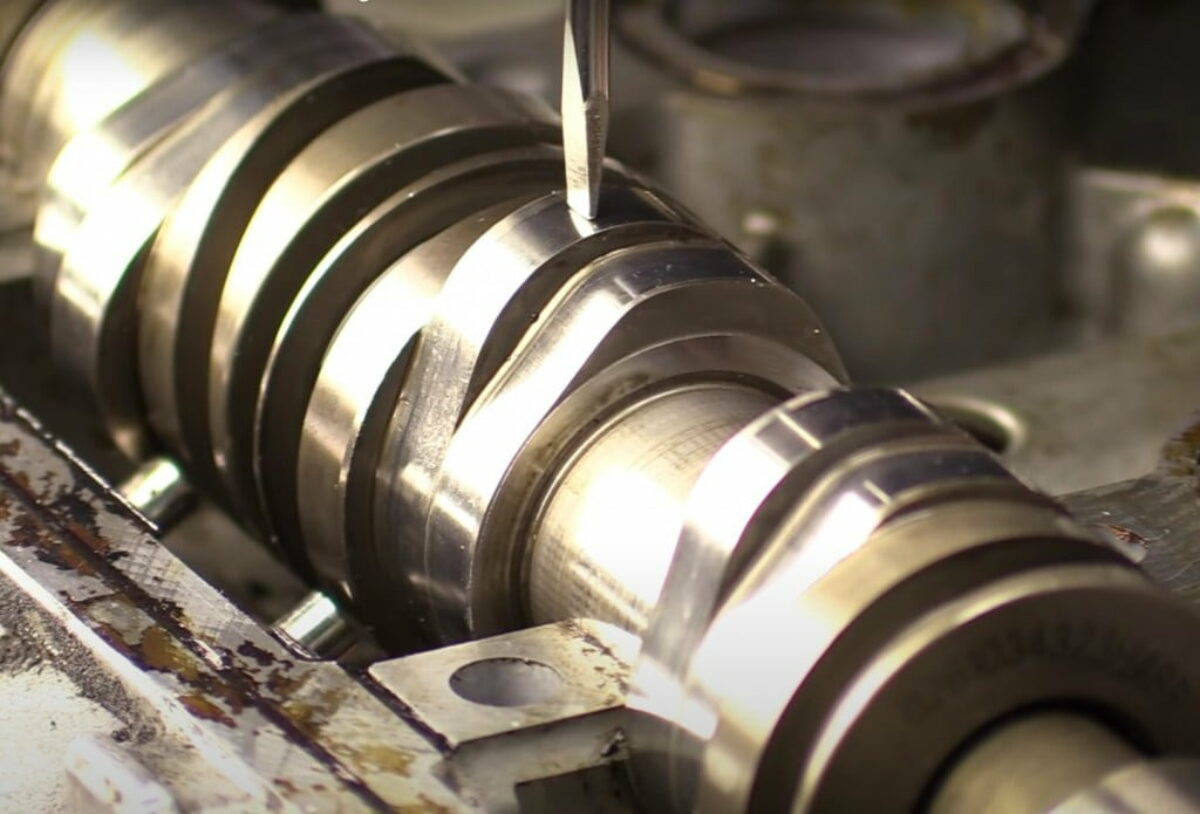When shopping for cars, you’ll see all sorts of terms and abbreviations getting thrown around. Many are nothing but marketing hype, but others represent crucial features that make a car a better option than other models. One such feature is VVT or Variable Valve Timing.
Variable Valve Timing (VVT) is an engine mechanism that allows it to manipulate the valves’ behaviours. For example, the engine can adjust the valve timing, duration, and lift. VVT engines offer better performance and fuel efficiency, but the added complexity increases purchasing and repair costs.
Before you decide to buy a car with a VVT engine, read through this guide. You’ll learn all about VVT and what it has to offer you.
What Does VVT Stand For?
Variable Valve Timing (VVT) is a mechanism that affects how an engine's valves open and close to let air and fuel into the chamber and exhaust gases out.
More specifically, the VVT mechanism controls three things:
- Timing – when the valve opens
- Lift – how far the valve opens
- Duration - how long the valve stays open
An engine’s ability to use variable valve timing is a big deal. To understand why that’s the case, you must first know how conventional engines and their valves function.
What’s the Difference Between a VVT and Non-VVT Engine?
A non-VVT engine will constantly open and close its valves in the exact same way regardless of the engine’s load or speed. That uniform behaviour happens because the valves in those engines are controlled by a mechanism consisting of belts and camshafts.
However, as the name suggests, VVT enables the engine to vary its valves' behaviour. So, for example, the VVT can leave intake valves open for longer to allow more fuel and air to fill up each valve.
If you think you’ve never heard of VVT before, that’s likely not the case. That’s because car makers give the VVT mechanism many different names to market their cars more effectively.
Each car manufacturer will likely call their VVT mechanism by a different name. For example, some Toyota models have a VVT-i engine, while others have a dual VVT engine. Honda has VTEC and i-VTEC, while Mitsubishi has MIVEC.
Even though the dual VVT or VVT-i meaning might be slightly different from a conventional VVT, overall, they’re all part of the same concept.
The bottom line is this: Regardless of the names and the finer/more specific differences, they’re all referring to mechanisms that vary how, when, and for how long their engine valves open and close.
How Does VVT Work?
Now that you have a general understanding of how VVT works and how it differs from non-VVT engines, it’s time to dive a little deeper into the inner workings of the mechanism.
Generally, the VVT mechanism can manipulate valve timing by shifting the camshafts’ phase angle.
For example, when the engine is operating at a higher speed, the mechanism will rotate the camshaft for the inlet by a certain number of degrees so that the intake valve opens earlier.
The VVT mechanism can also do the opposite at lower speeds or while idling to delay the inlet or exhaust valve timings.
As you can see, these things happen according to the engine’s needs and are controlled by the engine management system.
The VVT mechanism also works closely with a VVT solenoid that controls the flow of oil into the engine chambers based on the engine’s speed and load. When the solenoid does its job effectively, it’ll cause the engine to use fuel more efficiently and improve its overall performance.
VVT mechanisms can manipulate three aspects of the engine valves' behaviours, which are:
- Valve timing: In the example you read above, VVT can affect the valve timing to make it open or close earlier or later, depending on the engine’s needs at the moment.
- Valve duration: Besides timing, VVT can also determine how long each valve stays open. Opening for longer or shorter periods affects the engine’s performance.
- Valve lift: Lastly, VVT adjusts the valve lift, which means how far the valve opens.
Again, several versions of VVT exist in the automotive market today. Some are named differently just for marketing’s sake, while others have significant adjustments to the mechanism.
Still, no matter what it’s called or how it works, they all operate on the same concept of creating variable valve timing.
What Are the Pros and Cons of VVT Engines?
There’s no question that the VVT mechanism has been revolutionary for the automotive industry. Still, everything comes with its fair share of pros and cons.
Some of the benefits of VVT engines include the following:
- Engine performance: Variable Valve Timing (VVT) is amazing because it leads to better engine performance regardless of the speed. For example, engines produce higher torque at lower RPMs and much better output at higher speeds.
- Better fuel economy: Varying the valve timings also means that the engine doesn’t burn fuel unnecessarily. That means VVT leads to better fuel economy, saving fuel and money in the long run.
Next, here are some of the drawbacks that come with VVT engines:
- Higher Costs: The more complex a car or its parts are, the more expensive they’ll be, and that applies to cars with VVT engines. Not only does it add to the car’s purchase price, but it also means more expensive repairs down the line.
- Reliability: VVT mechanisms can also become unreliable if you do not keep your engine in tip-top shape. Many VVT mechanisms rely on your engine’s oil pressure, so regular oil changes are necessary to ensure everything flows smoothly.
You can learn more about cars and the automotive industry by checking out the CarpartAU blog. You'll find frequent updates on different automotive concepts and the latest industry news in Australia and beyond.
By Ray Hasbollah

